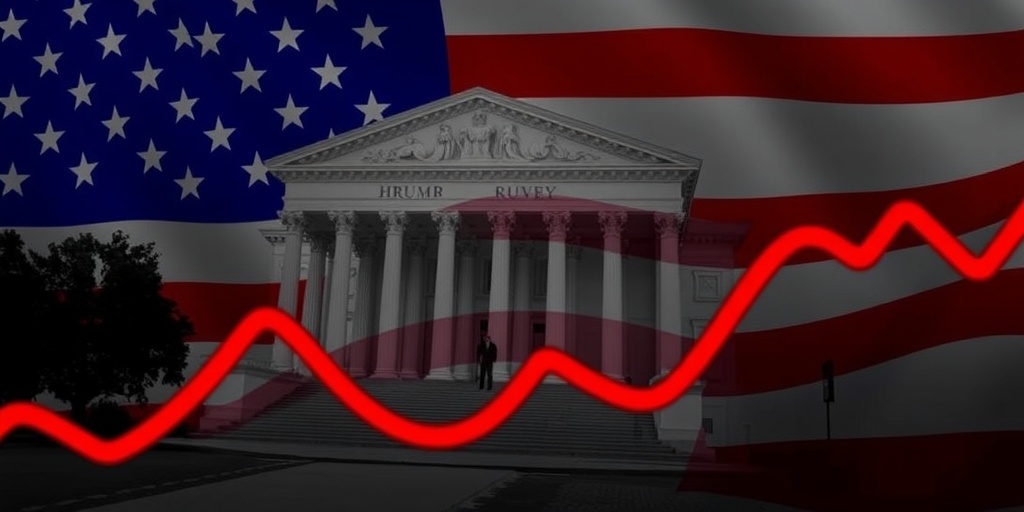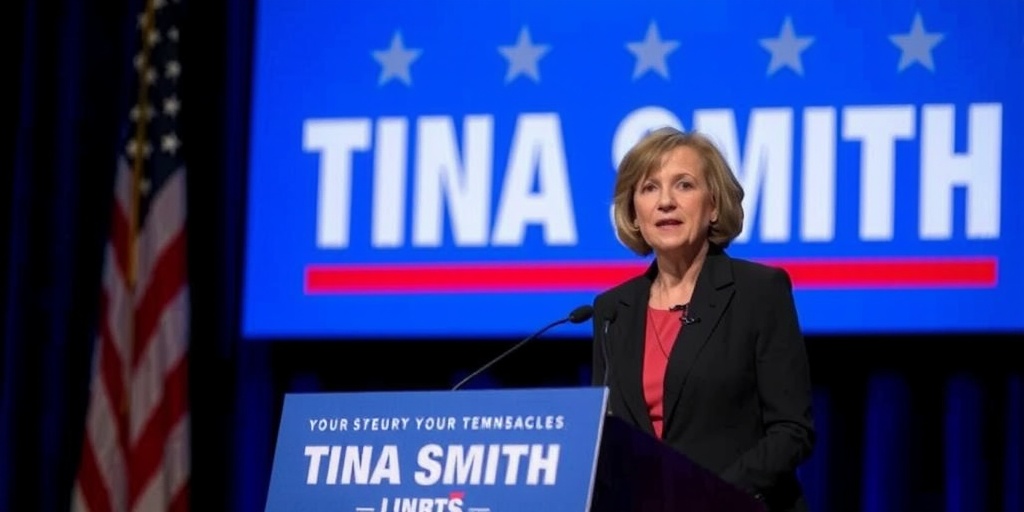Now Reading: Trump Challenges Legal Boundaries in Dismissing Federal Employees
-
01
Trump Challenges Legal Boundaries in Dismissing Federal Employees
Trump Challenges Legal Boundaries in Dismissing Federal Employees

Title: Trump Administration’s Efforts to Reshape Federal Workforce Face Legal Challenges
In a striking development, Cathy Harris, a Democratic member of the Merit Systems Protection Board (MSPB), received a shocking email at 10:49 p.m. from the White House, informing her of her immediate termination from her position. The brief message, penned by Trent Morse, the deputy director of the presidential personnel office, was a clear manifestation of the Trump administration’s ongoing endeavor to reshape the federal government workforce by reducing its size and placing loyalists in key positions.
The administration has been actively pursuing a strategy to overhaul the federal bureaucracy, specifically targeting political appointees, including Harris, while directing various agencies to initiate large-scale staff reductions. This strategy has been bolstered by Trump appointees working closely with Elon Musk’s downsizing initiative, leading to the decision to place thousands of federal employees on administrative leave at pivotal agencies such as the U.S. Agency for International Development (U.S.A.I.D.), the Environmental Protection Agency (EPA), the Department of Education, and the Department of Veterans Affairs.
However, these efforts have encountered significant legal obstacles. By targeting executive branch officials with positions protected by specific legal provisions against arbitrary removal, the Trump administration has challenged established legal limits. As a result, several court cases have emerged to contest these removals, indicating that the administration’s aggressive approach may not be as straightforward as it appears.
In an interview, Don Moynihan, a public policy professor at the University of Michigan, emphasized that the laws protecting federal employees have developed over several decades, making it complex for any administration to dismantle them simultaneously. Harris has filed a lawsuit against the Trump administration to contest her termination, with a hearing scheduled soon. Legal experts believe that the administration’s ability to execute these cuts hinges on the specific positions involved. For instance, Justice Department prosecutors involved in federal criminal investigations against Trump are entitled to civil service protections and are better insulated from arbitrary firings.
The Trump administration’s tactics have included placing thousands of U.S.A.I.D. workers on administrative leave—a move perceived as a precursor to mass layoffs—while targeting probationary employees in various federal agencies, who enjoy fewer protections. This strategy culminated in widespread layoffs, particularly among probationary hires at the General Services Administration, responsible for managing federal real estate and technology.
Furthermore, the administration has sought to oust key figures in independent agencies and offices, aiming to diminish oversight and control. Notable removals include the chairwoman of the Federal Election Commission and the head of the Office of Special Counsel, a government watchdog. These moves have faced legal scrutiny, with federal judges intervening to temporarily block some of these firings, reflecting mounting pushback against the administration’s aggressive tactics.
The targeted ousting of Harris is particularly significant as it effectively eliminates a crucial gatekeeper within the federal government, potentially paving the way for the White House to appoint a Republican to the MSPB. This board plays a critical role in adjudicating federal employee discipline, and modifications to its makeup could facilitate broader layoffs with less resistance.
Harris voiced concerns about the implications of such firings for political reasons, warning that a disregard for the rule of law could lead to corruption, grift, and a breakdown of the protections intended to uphold civil service rights. She underscored that the MSPB was established to safeguard against these very threats.
The broader context reveals a pattern of similar purges within independent agencies, with the administration targeting Democratic members before their terms expired. Harris, who had been serving a seven-year term, argued in her lawsuit that her dismissal lacked justification, as she had not committed any offenses warranting such drastic action.
Notably, the legal framework governing these independent boards presents complexities that are being tested as the Trump administration seeks to reshape or dismantle them. While laws governing the National Labor Relations Board offer protection against arbitrary dismissals, similar provisions for the Privacy and Civil Liberties Oversight Board and the Equal Employment Opportunity Commission are less explicit, raising questions about presidential powers.
Experts in presidential power highlight that the administration’s aggressive actions appear to be a test of the unitary executive theory, which posits that the president holds exclusive control over the executive branch. If successful, such actions could further expand presidential authority.
Federal employees facing layoffs or suspensions typically have the right to appeal decisions made by the MSPB, which operates as a quasi-judicial body, potentially setting important precedents. However, the Trump administration’s attempts to overhaul or incapacitate the board raise concerns that the influx of appeals and cases could overwhelm its resources, obstructing its essential function.
As federal workers navigate this uncertain landscape, many may choose to seek alternative employment rather than endure protracted legal battles, further complicating the future of the federal workforce amid these dramatic shifts. The evolving legal and political ramifications of these actions will likely play a crucial role in shaping the dynamics of federal employment in the years to come.
Stay Informed With the Latest & Most Important News
Previous Post
Next Post
-
 01New technology breakthrough has everyone talking right now
01New technology breakthrough has everyone talking right now -
 02Unbelievable life hack everyone needs to try today
02Unbelievable life hack everyone needs to try today -
 03Fascinating discovery found buried deep beneath the ocean
03Fascinating discovery found buried deep beneath the ocean -
 04Man invents genius device that solves everyday problems
04Man invents genius device that solves everyday problems -
 05Shocking discovery that changes what we know forever
05Shocking discovery that changes what we know forever -
 06Internet goes wild over celebrity’s unexpected fashion choice
06Internet goes wild over celebrity’s unexpected fashion choice -
 07Rare animal sighting stuns scientists and wildlife lovers
07Rare animal sighting stuns scientists and wildlife lovers





















